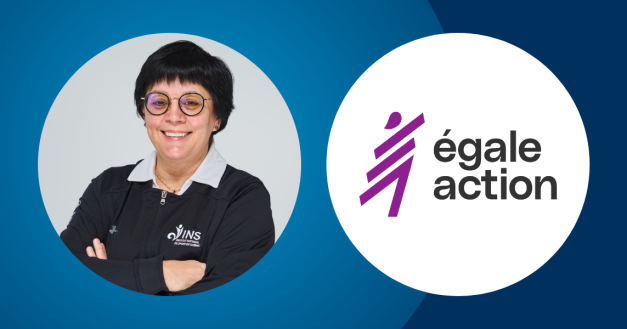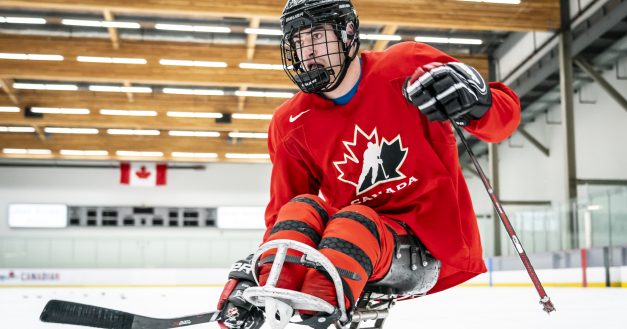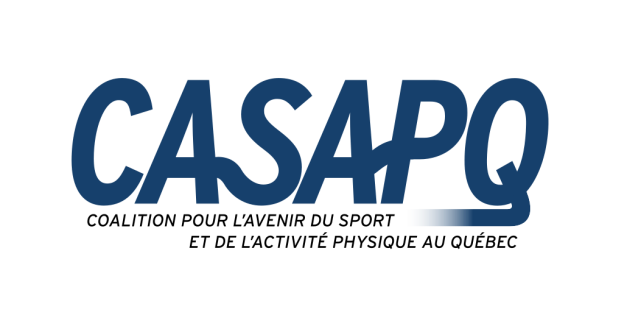Energy availability : how to monitor for signs and symptoms and take action?
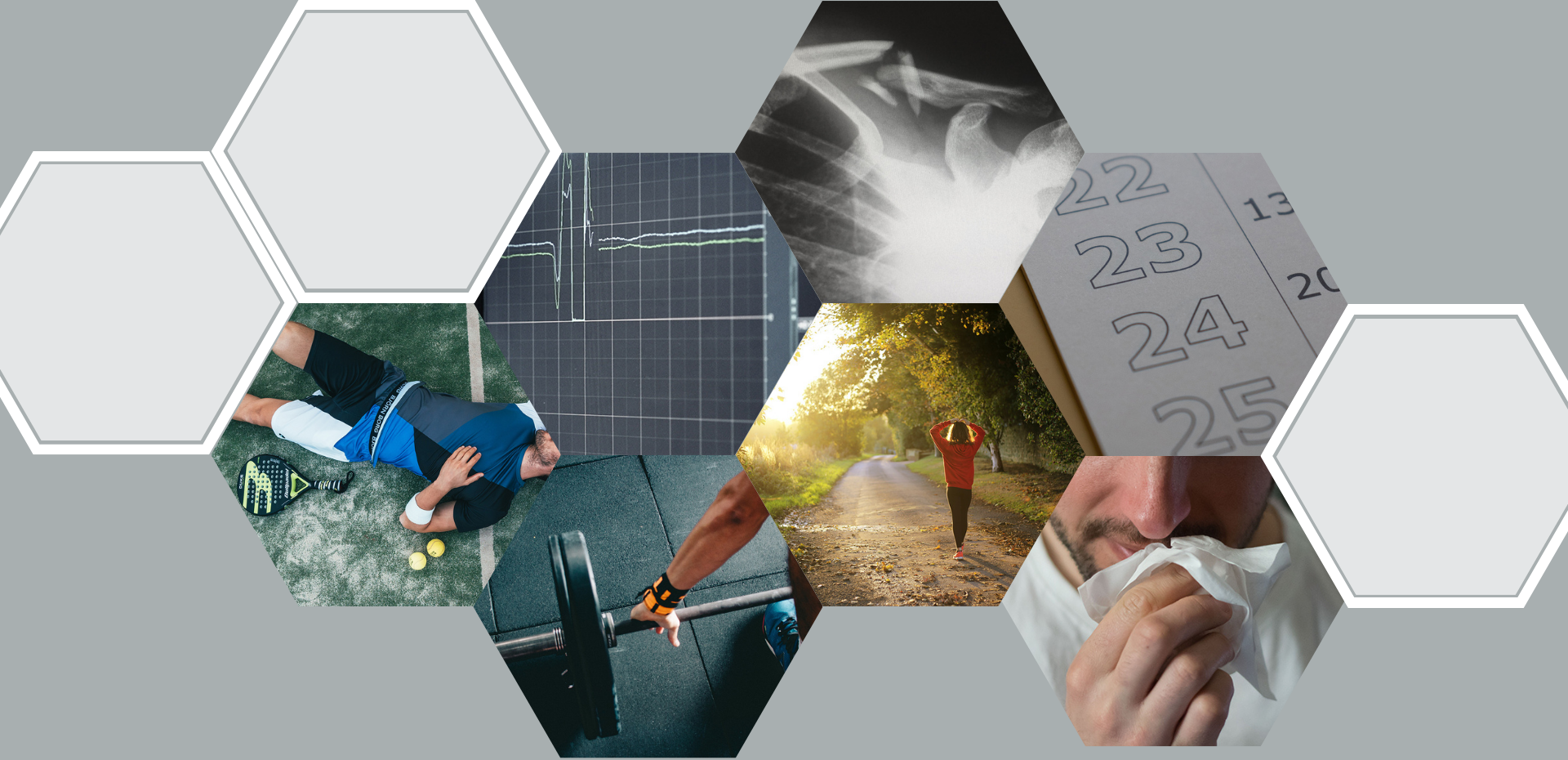
ENERGY AVAILABILITY : HOW TO MONITOR FOR SIGNS AND SYMPTOMS AND TAKE ACTION?
The approach adopted for this fourth and final article in this series, as part of Nutrition Month, emphasizes on the latest research advances on energy availability and new resources available for the sport community.
What is Energy availability (EA)?
It is the amount of dietary energy remaining for essential functions (heart, brain, bone, etc.) after accounting for the energy expended during training.
Nutrition is important for athlete health and performance. When properly managed, it could reduce the risk of injuries and illness, increase capacity to train, enhance training adaptations and improve performance. It is therefore important to understanding how to plan your nutrition for training and competition. Otherwise, an athlete may under consume energy during periods of intensive training and be at risk of undesirable outcomes from Low Energy Availability (LEA) leading to Relatively Energy Deficiency in Sport (RED-S).
RED-S is a syndrome resulting from LEA. Basically, if an athlete doesn’t consume enough calories over the day to support basic body functions after energy is removed for exercise, it could have negative impacts on physical and mental health as well as performance (see figures 1 and 2). Psychological problems can be both the result of and the cause of RED-S (figure 1).
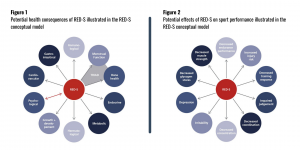
Reference : RED-S Clinical Assessment Tool (CAT)
Unfortunately, there is no standard approach to diagnose RED-S. Therefore, it is important for athletes to remain vigilant to identify signs and symptoms that could help start communication and coordinate professional support. If the problem is suspected, specific assessment protocols have been identified to help with the evaluation of low energy availability in athletes.
5 Tips for managing Energy availability:
- Eat every 3-4 hours
- Eat around training
- Eat to macth your training volume
- Plan ahead
- Work with a sport dietitian
Canadian Research Spotlight in Nutrition
In order to contribute to the advancement of knowledge, INS Québec is actively involved in RED-S research with Chief Nutritionist Erik Sesbreno leading his PhD investigation with Dr Suzanne Leclerc on low energy availability. He is also collaborating on several research projects on this subject.
To help increase awareness of this problem, the Canadian Olympic and Paralympic Sport Institute Network (COPSI Network) nutrition team developed new athlete resource sheet to athletes and coaches learn more about LEA, how to monitor for signs and symptoms and how to ask for help.
